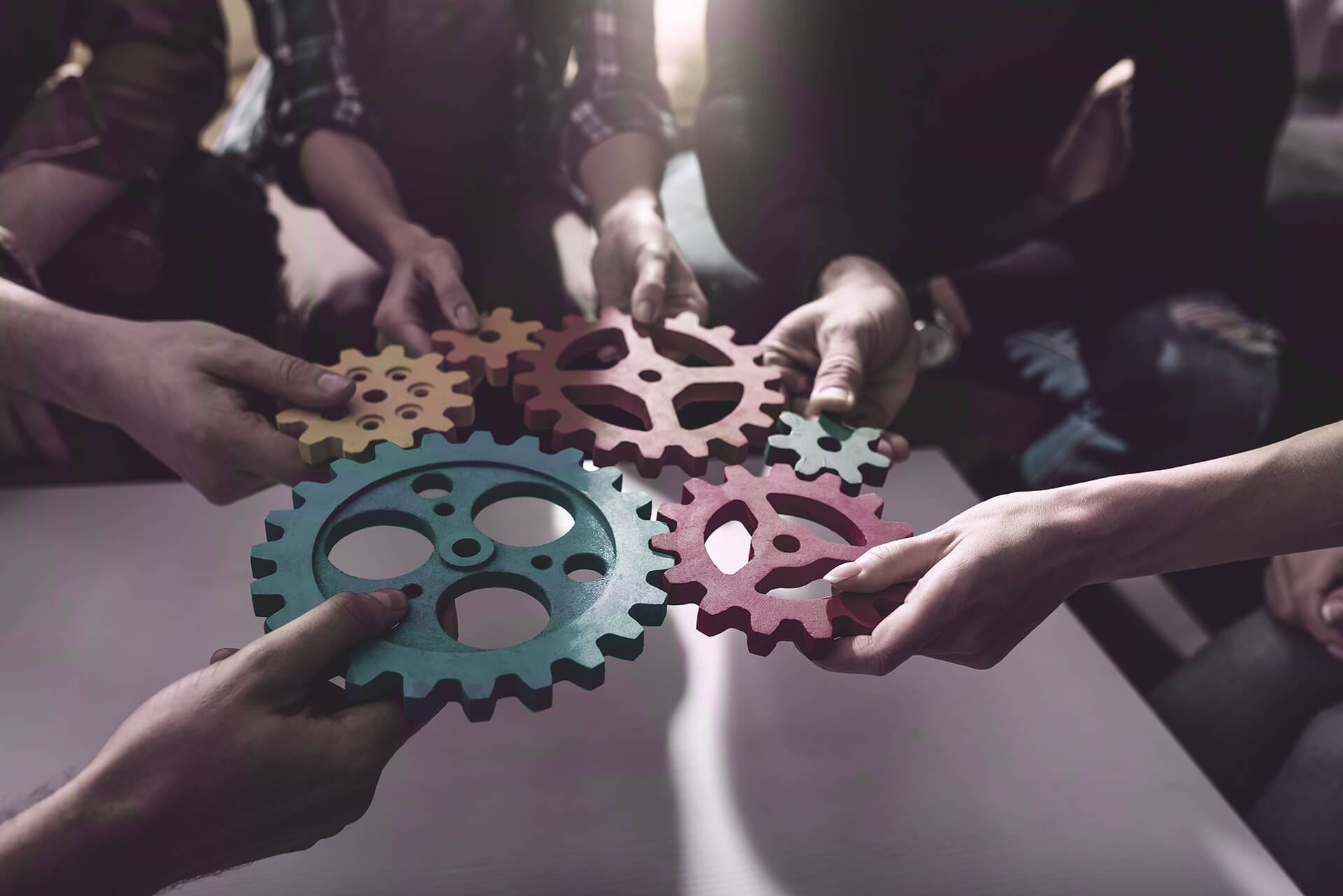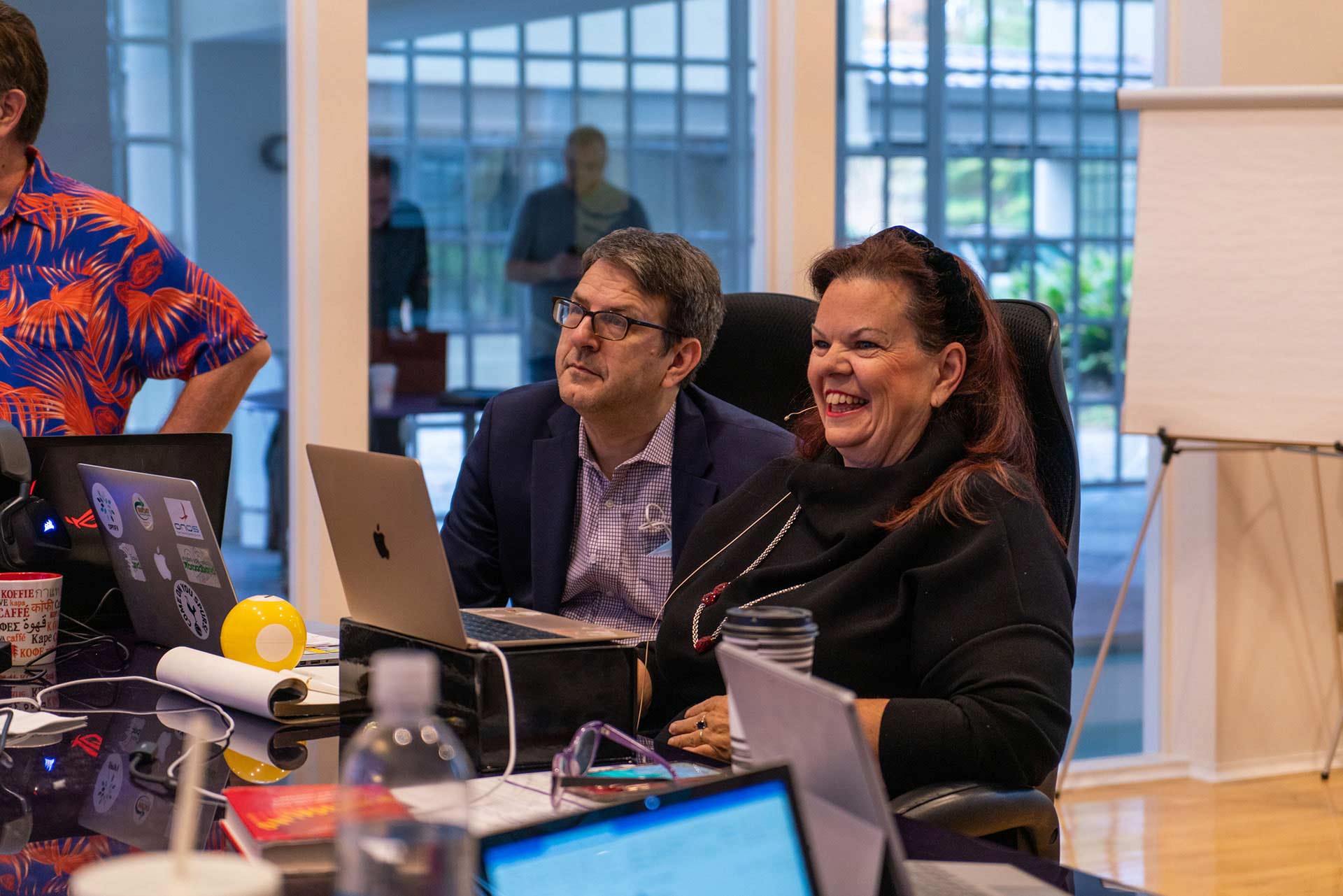

This article was featured in a 2019 edition of the PDA Letter.
1. What would be some examples of where you would use augmented reality or virtual reality training alone over a combination of the two?
Augmented reality and virtual reality technologies are both powerful tools that will play an integral role our industry’s future. If used correctly, they have the potential to provide a broad platform for innovation that, without a doubt, will make our industry more efficient, drastically reduce error rates and bring the kind of predictable high quality seen in other industries that has been elusive within the pharma manufacturing space.
To discuss the merits and best application of each, it’s important to know the differences between them. Augmented reality (AR) technologies allow for information, data and graphics to be displayed within the user’s field of vision. This information enhances (i.e., augments) the user’s interpretation of the world around them, building greater awareness while allowing ease of access to real-time data sources. If well designed, the data overlay brings better situational awareness to the operations being conducted. Augmented reality is best developed in areas where additional information can bring clarity to order, sequence and type of operation being conducted ̶ scenarios well suited for maintenance and calibration activities, for example. In this scenario, step-by-step instructions can be provided through the AR headset device as the technician is looking at the actual equipment. Further still, several AR platforms pair this capability with networking technologies to provide remote technical support through a connection with the technician’s AR data stream to “see what I see,” so that both the local maintenance technician and the remote support are seeing the piece of equipment being worked on in its current state. The biggest limitation of AR technologies is that the user must be physically at the point of execution while using the device so that their real-world view can be enhanced with additional information.
Virtual Reality (VR) does not suffer from this same limitation. VR technologies transport the user into a virtual space, without requiring the user to be physically located in classified or controlled environments to experience them ̶ making VR ideally suited for education and training within the pharmaceutical industry. Using a VR platform presents no impact to manufacturing spaces, equipment downtime or risk to product and environment. Rather than building out expensive physical training facilities ̶ costing millions and requiring a substantial footprint ̶ most VR platforms only require an approximate 10 square foot area outfitted with a VR workstation composed of a dedicated PC, VR headset and hand controllers, and small tracking units that can fit in the palm of your hand. That’s it.
Since the two platforms operate within distinctly different environments, they are not typically used together, but who knows? The future is evolving right now.
2. Can the Virtuosi® solution also be used to assess and document an employee’s proficiency in aseptic processing techniques?
This question speaks to the heart of the capability of Virtuosi as a smart VR product. Virtuosi is the first, and only, VR tool targeting a full array of topics covering aseptic operations in both a manufacturing and microbiology laboratory virtual setting.
In developing Virtuosi, we looked to formal VR studies detailing successful implementations of VR educational technologies within the medical community and for surgical applications specifically considering analogous criticality of movement and execution within controlled aseptic environments. As a result of much study, Virtuosi Series One was developed to incorporate digital video lectures with picture-in-picture, custom graphics and embedded video to present underlying theory and CGMP practice across a total of 31 modules spanning manufacturing and microbiology laboratory operations. There a total of 16 accompanying VR interactive experiences that allow learners to execute foundational processes associated with the learning objectives of each module. Examples of these VR experiences include common aseptic interventions, interactions with airflow and air pattern studies, streaking for isolation, gram staining and many more. Virtuosi® content is delivered via a cloud-based learning management system that measures the learner’s progress through course content, including process checks, patient first information, successful completion of VR procedures and final knowledge assessments. The system allocates each individual learner a unique login credential providing a fully compliant CGMP training record of their defined, tailored curriculum, which is based upon their job role and professional development needs.
3. What types of activities or roles are best suited to use advanced training methods such as VR and AR?
In the case of VR, the strongest usage case is for education and training of personnel working in classified environments and/or in those areas where visual-spatial awareness and technique is critical to outcomes. VR offers an experiential learning model, whereby users learn by making mistakes within an accurate and realistic environment ̶ the way our brains are pre-wired to learn (but that is a topic for another day and another article!). AR technologies are best utilized in targeting information-aided execution of operations being conducted in real time and within the actual, physical environment.
4. What is the focus of training if the goal is no interventions and full automation?
It is true that personnel are the greatest source of contamination within classified environments, and great focus on reducing physical contact within aseptic operations is driving new technologies within pharmaceutical sterile manufacturing operations. Though RABS, isolators and disposable technologies are becoming more and more mainstream, many companies representing a significant volume of doses produced, simply are not there yet. MHRA and Annex 1 are at the forefront, helping to encourage the adoption of more modern containment approaches. But there is another influence that may be driving the opposite, and that is personalized medicine manufacturing. Within Quality Executive Partners’ cell and gene consulting practice, we have shadowed numerous cell and gene manufacturing processes and found that these operations are typically conducted within a biological safety cabinet (BSC) and/or bioreactors and contain extensive sequences (100 – 200 steps or more) involving many more manual interventions and aseptic techniques than a typical isolator or RABS-based process. These new processes represent a real challenge, especially considering that it is common for pharmaceutical companies to apply their best operators ̶ those most likely familiar with the most modern isolator technologies ̶ and apply them in what are typically very open, manual operations. This puts an even greater premium on more defined personnel control plans, including stronger education and training paradigms, incorporating smart VR as an integral component. In personalized medicine, when you lose a batch the risk of losing the patient is high.
5. How is the "traditional" concept of training insufficient, and how has it affected product quality and patient safety?
Traditional pharma training relies heavily on SOP-based training, (either read and understand, instructor lead or a combination thereof), followed by on-the-job training and/or qualification. At its core, this “traditional” training concept is mired in Industry 2.0 transactional thinking, whereby manufacturing personnel need only repeat the same steps through rote memorization with flawless execution. This method places a premium on avoiding deviation from narrowly defined SOP or batch record designated processes. Each time circumstances, or our staffs’ understanding and behaviors, deviate from the context SOP’s and processes they are predicated on, where does that leave us? It should be no surprise to see trends within our quality systems for poor root cause identification, lack of critical thinking skills and poorly designed corrective action, much less pro-active prevention measures. Somewhere along the way we, as an industry, have forgotten the importance of foundational, theoretical education to understand the “why” behind the process or procedure. Why is the SOP or process designed the way it is? What is the contextual theory and practice behind its design?
With increasing frequency, we are seeing companies move to a continuous, competency-based educational model leveraging new technological capabilities ̶ compatible with an Education 4.0 concept ̶ to create contextual understanding of underlying concepts. Virtual reality is the perfect tool to carry educational concepts into skills development and standardization of practice through experiential learning and virtual feedback.
6. What differences in employee engagement are seen, comparing traditional training with this more modern concept of education?
We know from multiple studies that personnel engagement is critical to work satisfaction and overall employee performance; that is not changing. Many of these same studies indicate that within the workforce of tomorrow, expectations may be changing regarding personal development and the emphasis placed on continually developing marketable skill-sets as a driver of employee recruitment, retention and overall work satisfaction. Companies who make a tangible investment in their employees’ continual education and training, in the form of personalized and engaging experiential learning concepts, stand to gain a substantial competitive advantage.
7. Is the expense of tailoring VR and AR training models worth it?
Because AR overlays instructions and digital information directly within the user’s field of view during execution, most AR implementations will require integration of company specific information or physical configuration by default. This is not the case with VR and here is where there are some options. In one scenario there is a generalized approach, like Virtuosi Series One, that teaches underlying concepts based on genericized equipment. This approach is quite similar to learning to drive a car. The student will learn the rules of the road and how to drive a car safely, enabling more effective training when it comes time to operate a company’s specific make and model of car. Various study data show that when learning in a smart VR setup (i.e., those with fully immersive environments and programmed, automated feedback), students performing tasks for the first time in actual environments are 29 percent faster and six-times less likely to make an error versus the control group, which was only provided traditional training. We estimate this educational advantage will result in at least a 20 – 25 percent reduction in human related deviation events, bringing substantial savings that preliminary estimates project to be in excess of 300% ROI after 2years.
That is not to say there are no effective cases for customization. Most Virtuosi clients that decide to implement a custom VR application, do so for those processes carrying a unique cost and risk profile. For example, a vaccine manufacturing site may decide to develop a custom VR application based on annual tear-down and cleaning of a large reaction vessel ̶ a task not performed routinely enough for maintenance staff to develop proficiency and extremely critical to start-up after a shutdown.
8. I would want to know if this is training for operational activities only?
Any role that requires specific educational and training needs is a strong candidate for VR training, especially those required to work in controlled environments.
9. How could it be expanded into more soft subjects? There is such a need for quality decision making to support a quality culture, could this be adapted?
The unique educational approach of Virtuosi ̶ i.e., pairing top tier educational content with VR ̶ is designed to do just that and more. In fact, when developing training curricula across the 31 episodes of Series One, we find that many supporting roles, such as development, validation, engineering and facilities design, as well as quality and sterility assurance, benefit greatly in developing foundational understanding of underlying principles and how they are deployed in the manufacturing and laboratory environments. One such example is in the EM sampling VR interactive experience, whereby the learner walks through our virtual manufacturing facility, selecting EM sampling sites and sampling technique with real-time coaching as to why the selected site is a good candidate for monitoring and why a swab versus rinse technique may be best suited.
We see future Virtuosi series, including cell and gene therapy, biotechnical manufacturing, solid oral dosage, drug substance manufacturing, and even a QS investigation module with scenario-based processes guiding through typical failure modes in a manufacturing or laboratory facility. With expertise and imagination, the sky’s the limit.














.jpg)




.jpg)

.jpg)
.jpg)

.jpg)

.jpg)
